Super Early Bird Deadline
October 31, 2025
Judging
Date
May 18, 2026
Winners
Announced
June 10, 2026

Walk through the wine aisle of any American supermarket and you’ll see a curious shift: rows of bottles no longer bearing only elegant, European-style names, but instead sporting cheeky titles like “Mommy’s Time Out,” “Middle Sister,” and “Bitch.” These aren’t novelty products, they’re bestsellers. In a market oversaturated with varietals, appellations, and price points, American wine brands are turning to playfulness to stand out, and it’s working remarkably well.
The rise of humorous, quirky, and irreverent wine labels isn’t just a creative trend; it’s a savvy psychological move. For modern consumers, especially millennials and Gen Z, wine isn’t just about terroir or tasting notes; it’s about identity, accessibility, and emotion. According to Wine Business Analytics, a survey found that 51% of consumers find humorous labels appealing, underscoring the tangible influence of clever branding on consumer preferences. A playful name can influence perception, elevate shelf appeal, and drive buying decisions. In short, words matter, and in the wine business, they can tip the scale between obscurity and overnight success.
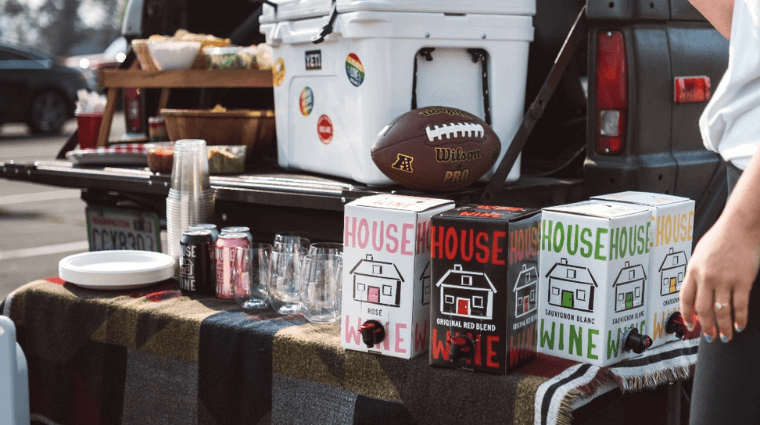
Source: House Wine
The American wine landscape is undergoing rapid change. While older generations often stuck to safe choices like Chardonnay from Napa or a Bordeaux-style blend from Sonoma, young buyers are far less loyal to traditional markers. They aren't intimidated by the absence of a French château on the label. Instead, they gravitate toward wines that speak their language, both visually and verbally. According to recent industry research, wine consumers aged 21 to 40 are more influenced by packaging and naming than by varietal or origin. In the face of hundreds of options on the shelf or screen, buyers make snap judgments. A clever or memorable name becomes an anchor for decision-making. In direct-to-consumer channels, where shoppers can’t taste before they buy, branding becomes even more crucial. Names like “House Wine” or “Liquid Geography” grab attention, project personality, and make the unfamiliar feel approachable. In a space where consumers often feel unsure, a funny or clever label serves as a comfort cue, for example, “This wine doesn’t take itself too seriously, and neither do you”, suggests a lighthearted and easygoing character, mirroring a relaxed, carefree attitude. It's not overly complicated or pretentious, hinting at a wine experience that's simple, enjoyable, and more about casual pleasure than formal tasting rituals.
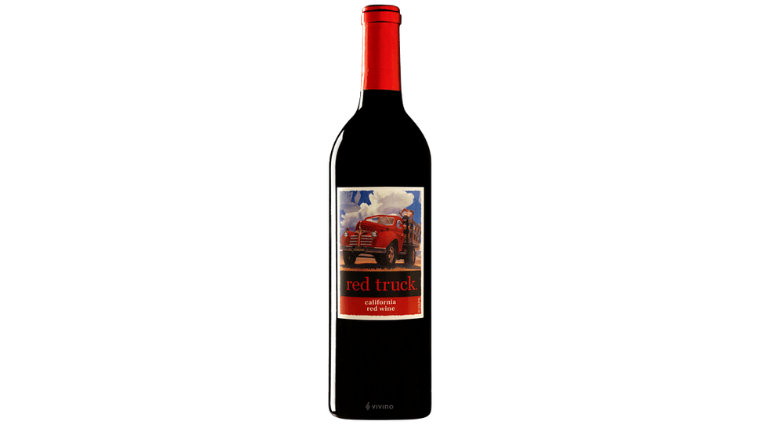
Source: Vivino
Wine tasting is famously subjective, and science reveals that names and labels significantly influence our perception of flavor. A joint study from Stanford and Caltech revealed that when participants believed a wine was more expensive, they consistently rated it as tasting better, despite all samples being identical. In other words, the label doesn't just set expectations; it actively alters experience by triggering different neural responses in the brain. This phenomenon highlights the power of priming: subtle cues like price or presentation can reshape perception.
Names tap into that same psychological framework. Calling a Cabernet “Velvet Moon” signals elegance, softness, and allure before the cork is even pulled. A blend named “Red Truck” paints a picture of rustic charm and casual appeal. These labels serve as more than just identifiers; they frame the entire tasting experience. Behavioral economists refer to this as "framing", the name shapes how we interpret every sip. A playful label like “Love Noir” hints at intrigue, sensuality, and a touch of indulgent mystery. The name draws the drinker into an experience that feels romantic and moody, turning a simple Pinot Noir into a narrative of flavor and feeling. Clever names become emotional cues, wrapping the product in story, setting, and feeling before it ever touches the tongue.
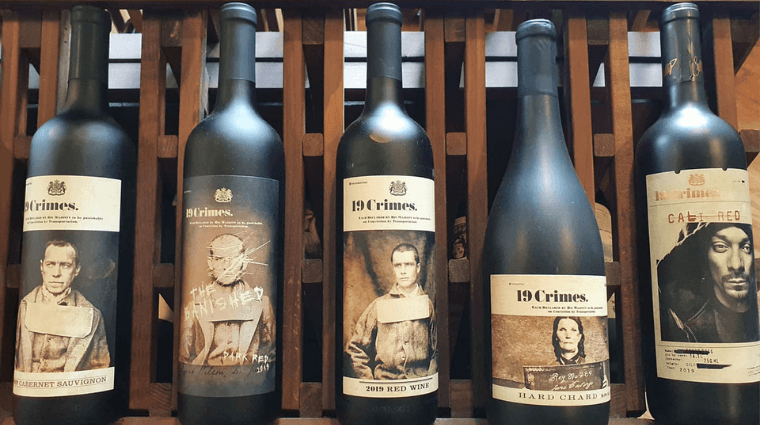
Source: The Label Factory
Many of the most successful wine brands in the U.S. have leaned hard into playful naming. Consider “19 Crimes”, a brand that blends storytelling with mystery, featuring mugshots of real historical criminals on its labels. Or “The Prisoner,” which built a cult following by evoking a dark, cinematic mood through both its name and visual design.
Then some wines go for pure shock or humor. “Fat Bastard”, a French import that became a U.S. sensation, turns heads with its audacity. “Bitch” Rosé from Australia, decked in hot pink, used repetition of the word across the label to become instantly unforgettable. “Middle Sister” plays to birth-order humor while targeting a female demographic. What these brands share is emotional resonance. Whether it’s laughter, surprise, or curiosity, they make the buyer feel something. That emotion creates a moment of connection and drives conversion.
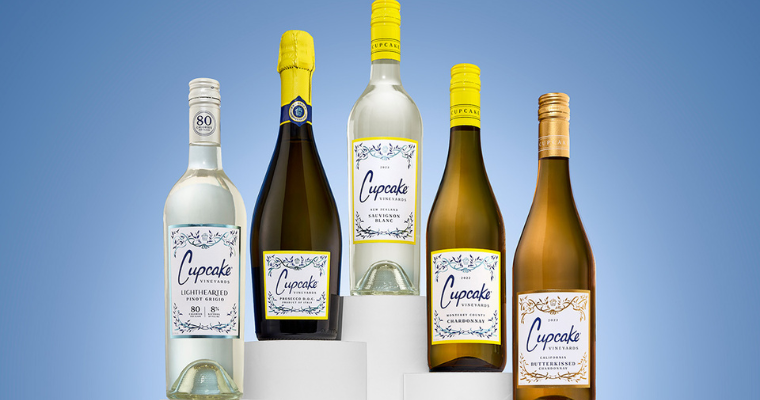
Source: Cupcake Vineyards
A bottle has about five seconds to grab someone’s attention on the shelf, and in that short window, the label must do the heavy lifting. Playful names work best when paired with bold visuals, clever typography, or eye-catching illustrations. Compare a classic Napa label with clean serif fonts and a vineyard sketch to something like “Apothic” with its gothic branding or “Cupcake” with soft pastels and whimsical flourishes. These playful designs collaborate with the name to form a cohesive, recognizable identity that doesn’t just draw attention, it creates a vibe. Social media has only amplified this effect: a photogenic bottle with a witty name can go viral. Brands like “Yes Way Rosé” became overnight sensations thanks to packaging designed to be shared. Today, design isn’t just functional, it’s a marketing weapon, a storytelling tool, and fuel for free advertising.
Wine has long carried an air of pretension, and playful labels offer a way to cut through that seriousness with humor and irony. A wine like "If You See Kay" uses wordplay to grab attention and provoke a laugh, making the wine feel cheeky and rebellious. Similarly, "Seven Daughters" appeals through its storytelling of familial warmth and inclusivity, using the concept of sisterhood and togetherness to foster a sense of connection and approachability without relying on humor. These kinds of names signal to consumers that the wine is not about rigid tasting notes or intimidating jargon; it’s about enjoyment, personality, and emotional resonance. Humor breaks down barriers, creating a sense of accessibility and fun that makes the product memorable and shareable. Consumers often pick up these bottles not just for flavor but because the name makes them smile or perfectly fits a social moment. Brands like "Mommy’s Time Out" and "Relax Riesling" take this even further, directly aligning with the stress and rituals of everyday life. These names don't just describe a wine, they capture a mood, a need, and a wink of understanding.
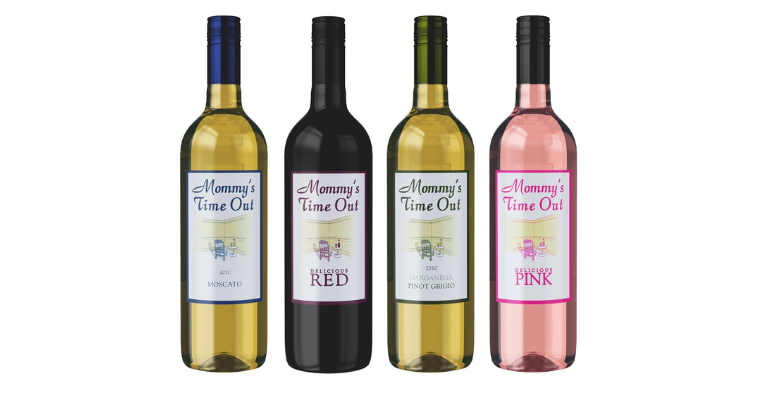
Source: Lorrie's Wine and Food World
So, when does playful naming make strategic sense? It’s most effective for entry-level wines, new launches, brands targeting under-40 audiences, or wines meant for casual consumption, gifting, or social events. These categories benefit from branding that feels fresh, accessible, and unpretentious. Playful names thrive in these spaces because they invite consumers to engage emotionally and intuitively, rather than analytically. They reduce the intimidation factor and create immediate relevance.
To execute effectively, marketers should keep the name short and clever; long or obscure names tend to lose punch. The name must also match the tone of the design, as inconsistency between visuals and language weakens the overall message. Testing names with target audiences can surface unexpected interpretations, while thinking in brand families, like what "Middle Sister" did, helps in scaling a naming convention across product lines. In every case, being playful shouldn’t mean being careless. The strongest fun names are backed by research, aligned with brand identity, and built to resonate, not just amuse.
In today’s cluttered wine market, where consumers are bombarded with choices, playful and creative wine labels have emerged as powerful tools, not mere gimmicks. From humorous names that spark a smile to clever storytelling that makes a bottle feel personal, these branding strategies influence how wines are perceived, experienced, and purchased. Whether it's tapping into psychology, standing out on the shelf, or going viral on social media, a well-chosen name can transform a wine from just another bottle into an extension of lifestyle and identity. Brands like "19 Crimes," "Cupcake," and "Relax Riesling" have proven that relatability, wit, and emotional resonance can build loyalty and boost sales. As consumers increasingly favor brands that reflect their values and vibe, winemakers who lead with personality and playfulness are likely to win shelf space and customer hearts alike. In the end, a great name isn’t just part of the package; it’s the first sip of the story.
Header image source: Wine Ponder
Also Read:
EU Wine Labeling Laws: Requirements for Analysis and Labeling Explained
The Seven Misconceptions of Wine Label Design
What’s in the Bottle: A Look at European Wine Labeling Regulations
Enter your Wines now and get in front of top Sommeliers, Wine Directors, and On-Premise Wine Buyers of USA.
